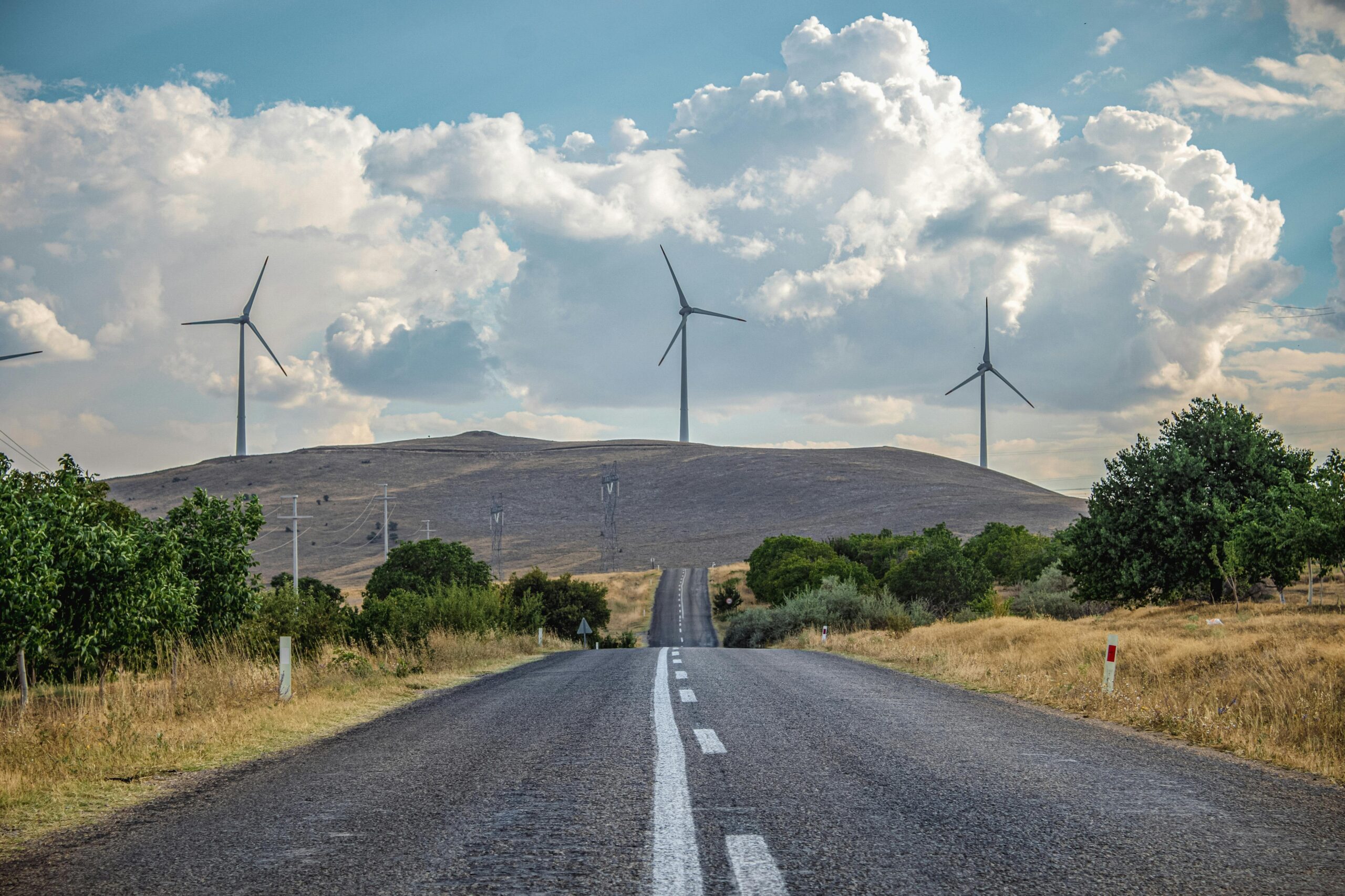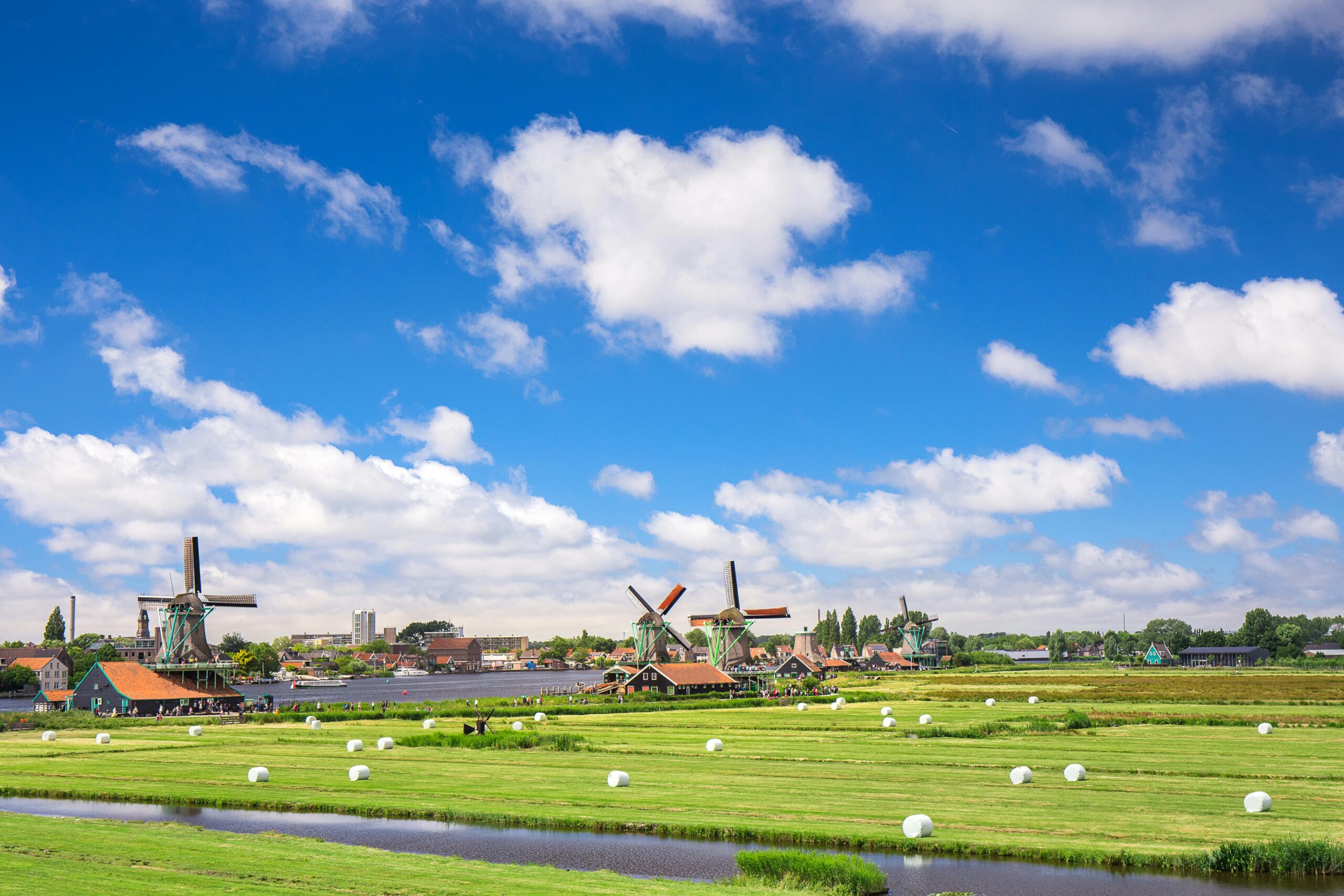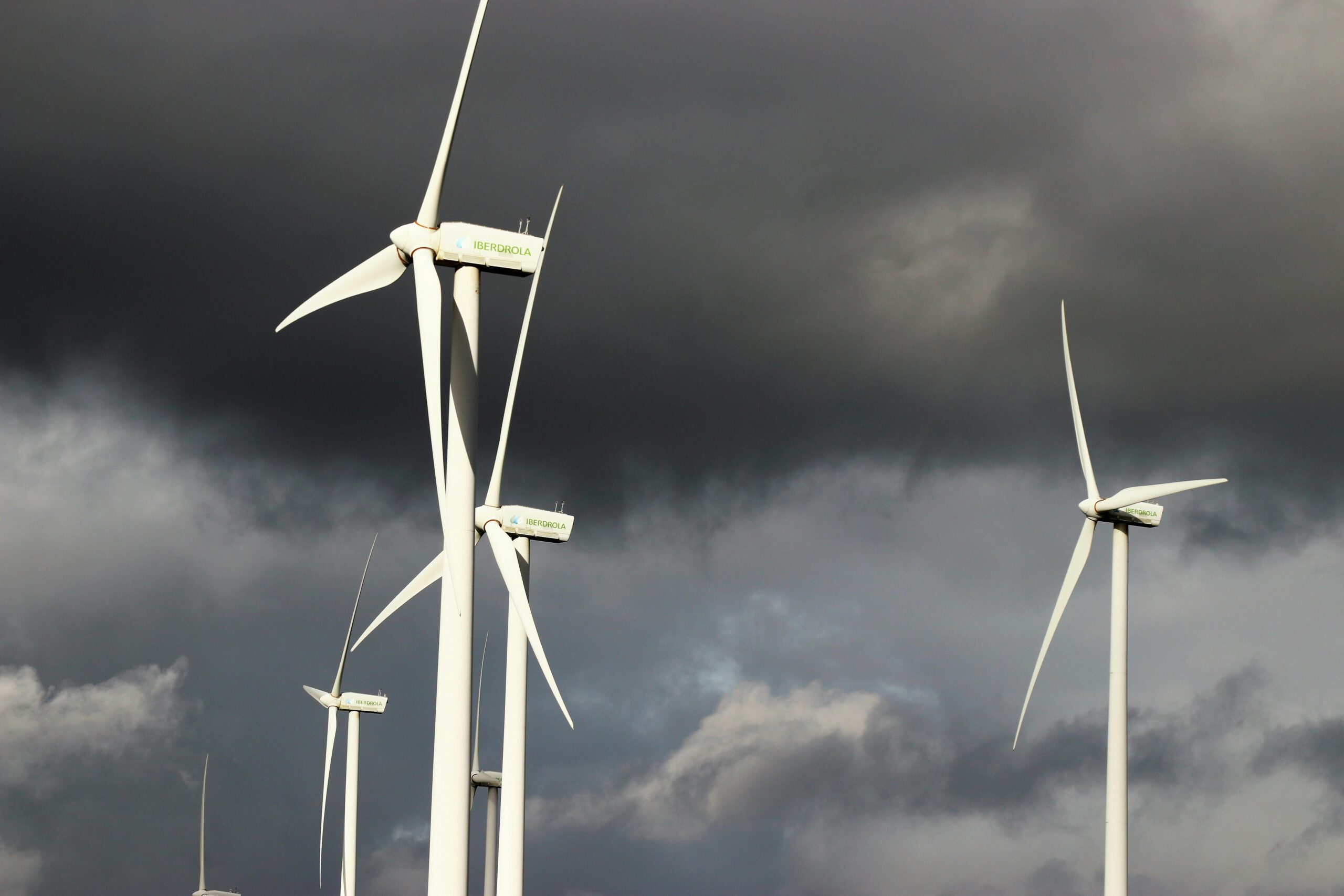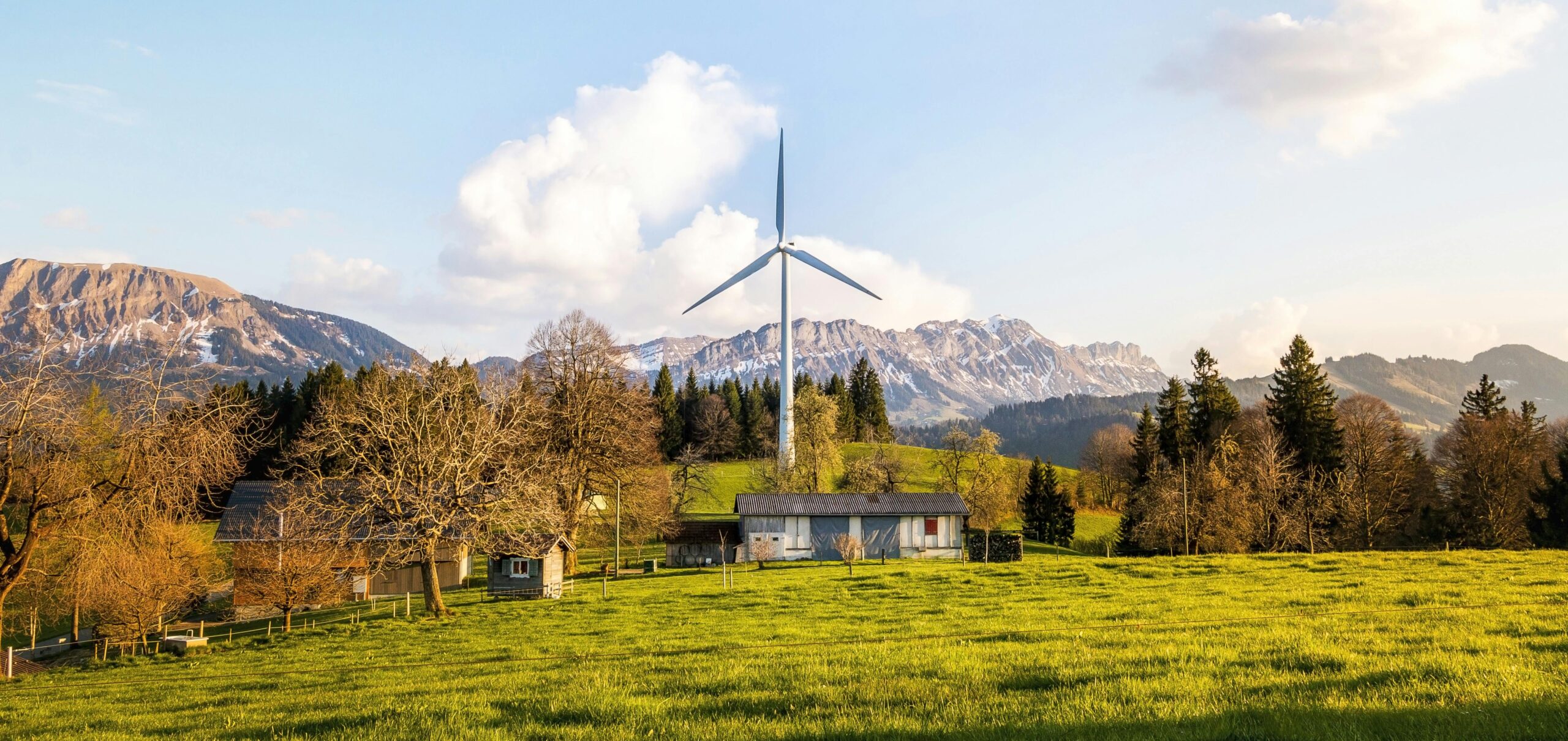Wind energy has emerged as a cornerstone of the global transition to renewable energy, and effective policy frameworks are crucial for its growth and sustainability. Navigating the complex landscape of regulations and incentives is essential for fostering investment, enhancing technological innovation, and achieving renewable energy targets. This article explores the key elements of wind energy policy, focusing on regulations, incentives, and the challenges and opportunities that lie ahead.
1. Importance of Regulatory Frameworks
A robust regulatory framework is vital for the successful deployment of wind energy projects. Regulations govern various aspects of wind energy development, including site selection, environmental impact assessments, grid integration, and interconnection standards.
Permitting and Approvals: Efficient permitting processes are critical for reducing project timelines and costs. Streamlining regulatory approvals can facilitate faster project deployment, allowing developers to bring new wind farms online more quickly. However, balancing development with environmental protection remains a challenge, necessitating comprehensive impact assessments to mitigate adverse effects on wildlife and ecosystems.
2. Financial Incentives and Support
Incentives play a pivotal role in making wind energy competitive with conventional energy sources. Governments worldwide offer various financial incentives to encourage investment in wind power:
- Tax Credits: Many countries provide tax credits for wind energy production, such as the Production Tax Credit (PTC) in the United States, which has significantly boosted the development of new wind projects. Such credits can reduce the overall cost of wind energy and enhance its attractiveness to investors.
- Grants and Subsidies: Direct financial support in the form of grants or subsidies can help offset initial capital costs, making projects more feasible for developers. These incentives can be particularly beneficial for community wind projects and smaller developers who may face challenges in securing financing.
- Renewable Energy Certificates (RECs): Many jurisdictions implement programs that allow wind energy producers to earn RECs for each megawatt-hour generated. These certificates can be sold to utilities and companies seeking to meet renewable energy standards, creating an additional revenue stream for wind project developers.
3. International Perspectives and Best Practices
Countries around the world have adopted diverse approaches to wind energy policy, offering valuable insights for policymakers.
- Europe: The European Union has been a leader in wind energy development, with ambitious targets for renewable energy generation. Member states have implemented feed-in tariffs and auction mechanisms to support wind project financing. These policies have fostered a competitive market while ensuring a stable income for developers.
- China: China has rapidly expanded its wind energy capacity, becoming the largest producer of wind power globally. Government policies focus on technology innovation, grid integration, and the promotion of offshore wind development. These strategies have driven down costs and increased the share of renewables in China’s energy mix.
4. Challenges and Barriers
Despite the progress made, several challenges hinder the growth of wind energy:
- Grid Integration: As the share of wind energy in the electricity mix increases, integrating this intermittent energy source into existing grids becomes crucial. Policymakers must invest in modernizing grid infrastructure and developing energy storage solutions to ensure reliability and stability.
- Regulatory Uncertainty: Fluctuating policies and changing political landscapes can create uncertainty for investors. Consistency in regulations and long-term commitments to renewable energy targets are essential for attracting investment in the wind energy sector.
- Local Opposition: Community opposition to wind projects, often due to concerns about noise, visual impact, and wildlife, can delay or derail projects. Engaging with local stakeholders and addressing their concerns through transparent communication and benefit-sharing mechanisms can mitigate opposition.
5. Future Directions
The future of wind energy policy will likely focus on several key areas:
- Decarbonization Goals: As countries strive to meet ambitious decarbonization targets, wind energy will play a vital role. Policymakers must prioritize the integration of wind energy into national energy strategies to achieve these goals effectively.
- Technological Innovation: Continued investment in research and development will be crucial for driving down costs and improving the efficiency of wind energy technologies. Policymakers should support initiatives that foster innovation in turbine design, offshore wind development, and energy storage.
- International Collaboration: Sharing best practices and collaborating on policy frameworks can enhance global wind energy deployment. International partnerships can facilitate knowledge exchange and support the development of a more sustainable and resilient energy future.
Conclusion
Wind energy policy is integral to the growth of renewable energy, requiring a balanced approach to regulations and incentives. By fostering an enabling environment for investment and innovation, governments can unlock the full potential of wind energy, driving economic growth, creating jobs, and contributing to global sustainability goals. As the world continues to navigate the challenges of climate change, wind energy will remain a critical component of the clean energy transition, shaping a more sustainable future for generations to come.








Leave a Comment